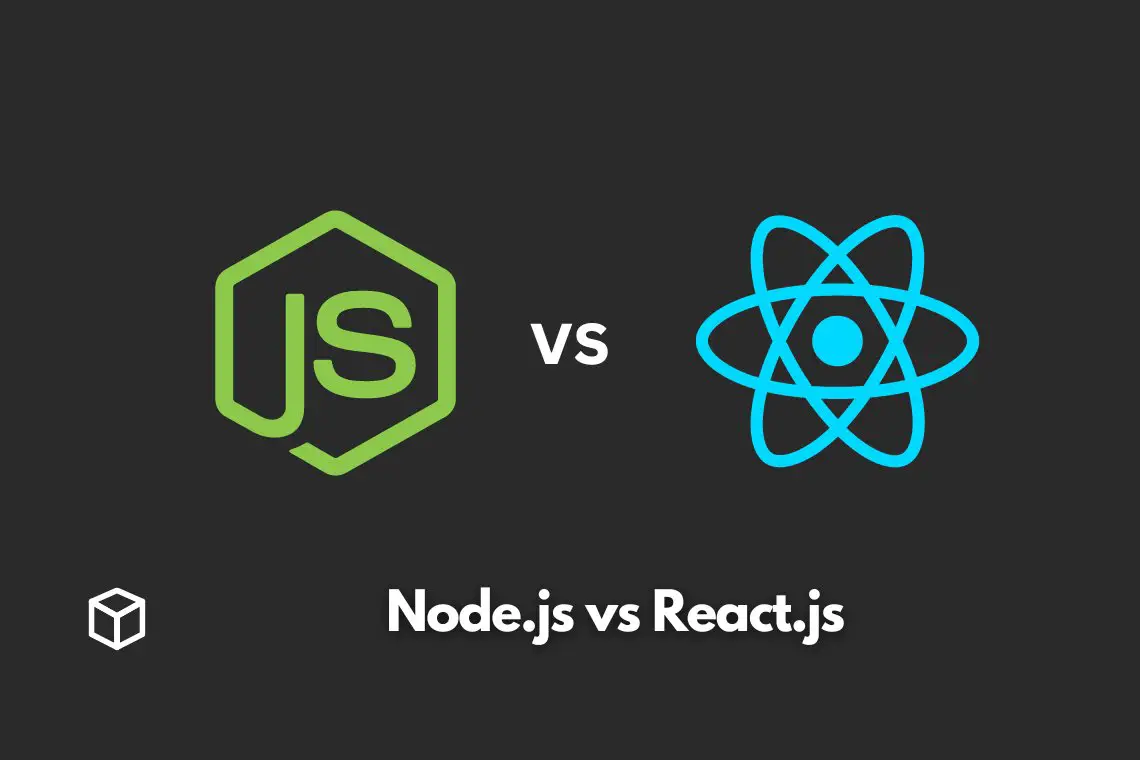Node.js and React.js technologies have gained a lot of popularity in recent years and are widely used in the industry.
The purpose of this article is to compare these two technologies and discuss their use cases.
This article is intended for developers and technical enthusiasts who are interested in learning more about Node.js and React.js.
What is Node.js?
Node.js is an open-source, cross-platform JavaScript runtime environment that executes JavaScript code on the server-side.
It was first released in 2009 by Ryan Dahl and has since become one of the most popular technologies for server-side development.
Node.js uses an event-driven, non-blocking I/O model, making it a great choice for building real-time applications such as chat applications and online games.
Some of the key characteristics and features of Node.js include:
- It uses JavaScript, which is a popular programming language and is easy to learn for most developers.
- It has a large and active community, which means that there are many resources and tutorials available for learning and troubleshooting.
- It has a vast ecosystem of modules and packages available through npm (Node Package Manager), which makes it easy to add functionality to your application.
Use cases for Node.js:
Node.js is widely used for server-side development, building real-time applications, and creating command-line tools.
Some popular applications and websites that use Node.js include Netflix, Uber, and PayPal. Node.js is also a popular choice for building APIs, as it is lightweight and efficient.
What is React.js?
React.js is an open-source JavaScript library for building user interfaces.
It was first released in 2013 by Facebook and has since become one of the most popular technologies for building web applications.
React.js allows developers to create reusable components that can be easily managed and updated.
Some of the key characteristics and features of React.js include:
- It uses a virtual DOM (Document Object Model), which allows for efficient updates and rendering of components.
- It has a component-based structure, which makes it easy to maintain and scale your application.
- It has a large and active community, which means that there are many resources and tutorials available for learning and troubleshooting.
Use cases for React.js:
React.js is widely used for building user interfaces, creating reusable components, and building web applications.
Some popular applications and websites that use React.js include Facebook, Instagram, and Airbnb.
React.js is also a popular choice for building single-page applications (SPAs), as it allows for efficient updates and rendering of components.
Comparison of Node.js and React.js
Although both Node.js and React.js are popular technologies in web development, they are used for different purposes.
Node.js is primarily used for server-side development, while React.js is used for building user interfaces.
Both technologies have similarities and differences, and the choice between them will depend on the specific requirements of your project.
Similarities:
- Both technologies use JavaScript, which makes them easy to learn and use for most developers.
- Both technologies have a large and active community, which means that there are many resources and tutorials available for learning and troubleshooting.
Differences:
- Node.js is primarily used for server-side development, while React.js is used for building user interfaces.
- Node.js uses an event-driven, non-blocking I/O model, while React.js uses a virtual DOM for efficient updates and rendering of components.
Advantages and disadvantages of each technology
Node.js has the advantage of being lightweight and efficient, making it well suited for building real-time applications and APIs.
It also has a vast ecosystem of modules and packages available through npm, making it easy to add functionality to your application.
However, one potential disadvantage of Node.js is that it may not be the best choice for CPU-intensive tasks, as it operates on a single thread.
React.js has the advantage of being easy to maintain and scale thanks to its component-based structure.
It also allows for efficient updates and rendering of components, which makes it well suited for building single-page applications.
However, one potential disadvantage of React.js is that it requires additional setup and configuration compared to other JavaScript libraries.
Use cases where one technology is more suitable than the other
If you are building a real-time application such as a chat application or online game, Node.js would be the more suitable choice due to its lightweight and efficient nature.
On the other hand, if you are building a web application with a complex user interface, React.js would be the more suitable choice due to its component-based structure and efficient updates and rendering.
Conclusion
In conclusion, Node.js and React.js are both popular technologies in web development, but they are used for different purposes.
Node.js is primarily used for server-side development, while React.js is used for building user interfaces.
Both technologies have similarities and differences, and the choice between them will depend on the specific requirements of your project.
We hope this blog post has provided you with a better understanding of Node.js and React.js and their use cases.
Additional resources for learning more about the technologies
For those interested in learning more about Node.js, some popular resources include the Node.js website, the Node.js documentation, and the Node.js Foundation.
For those interested in learning more about React.js, some popular resources include the React.js website, the React.js documentation, and the React.js community on GitHub.




